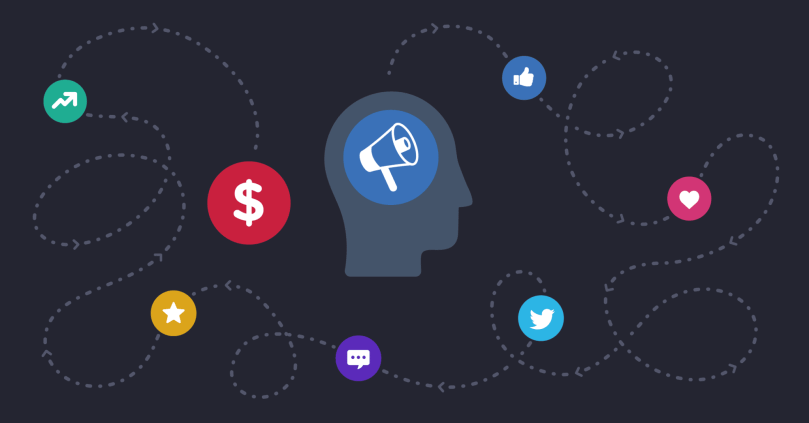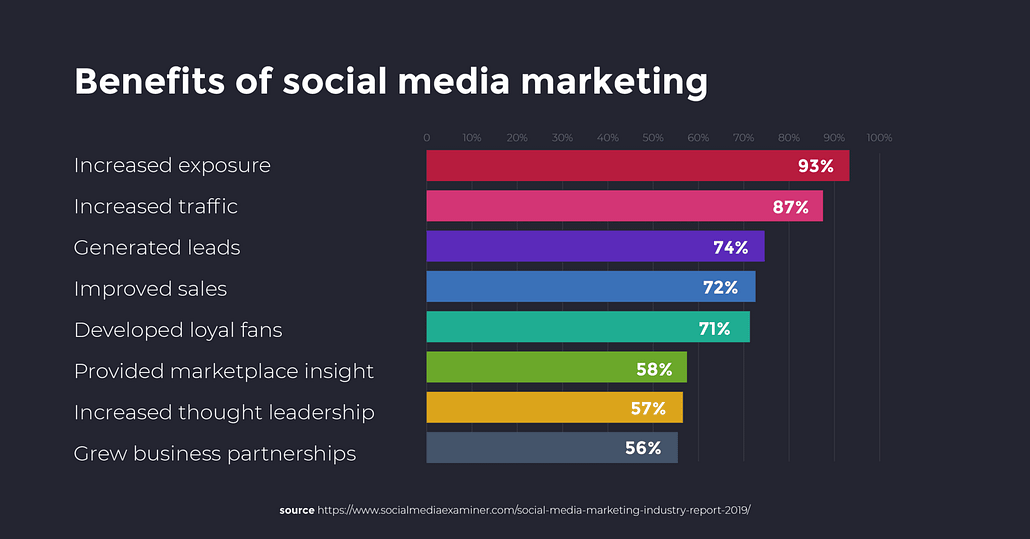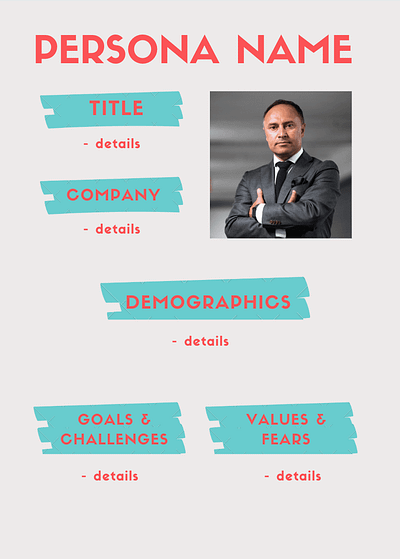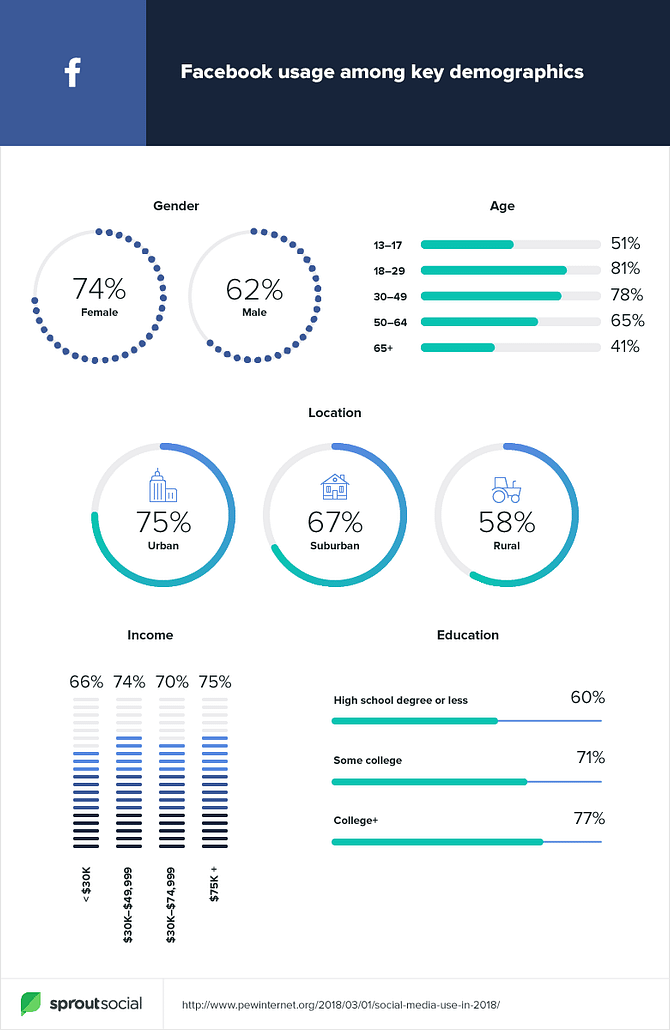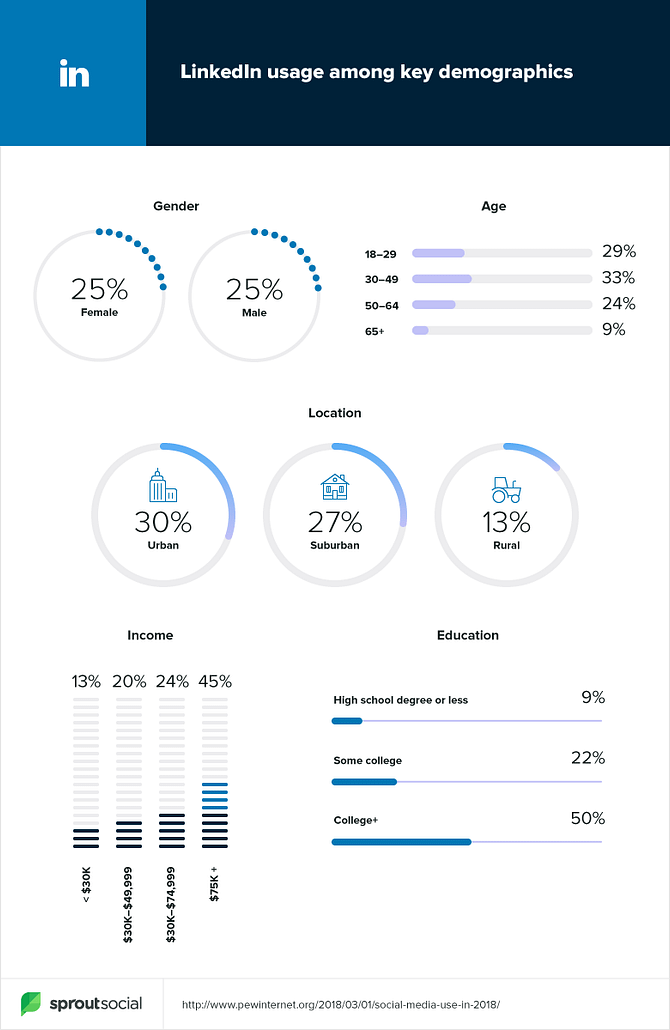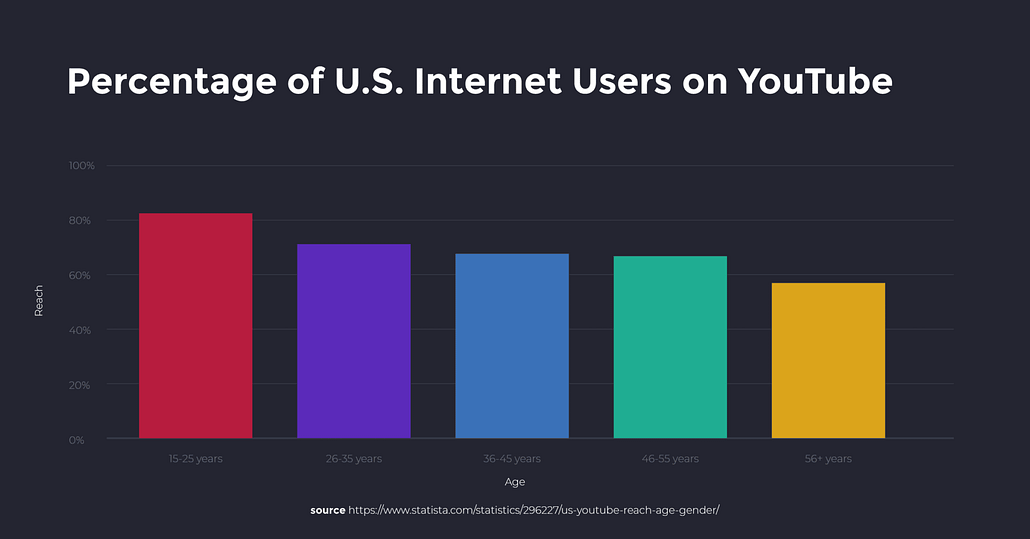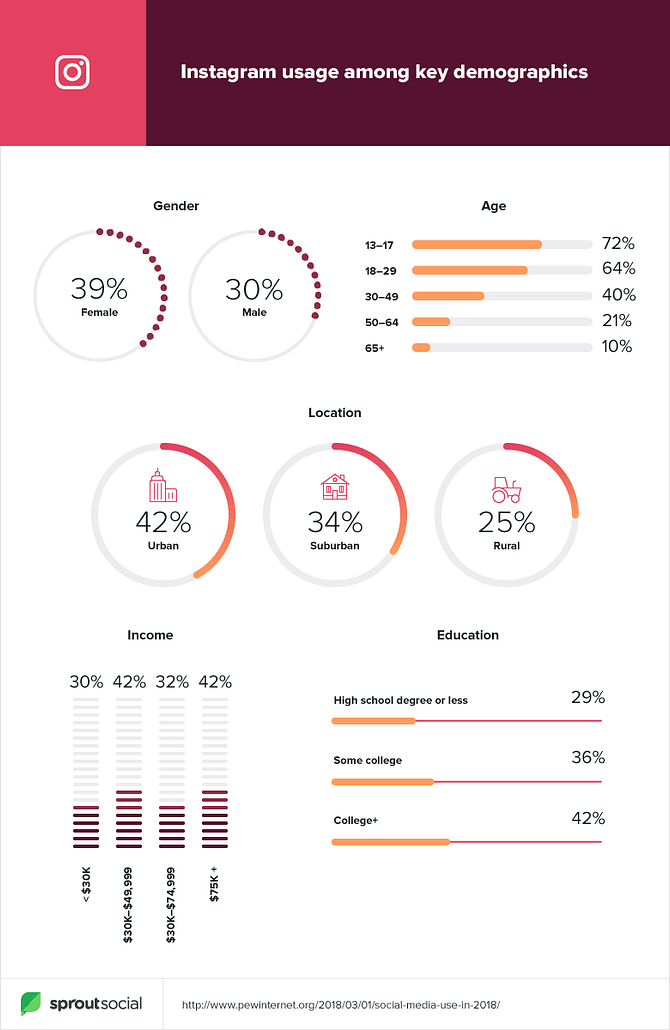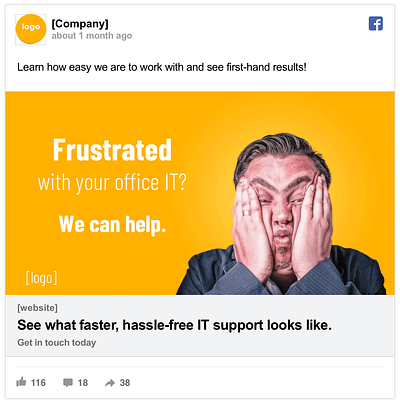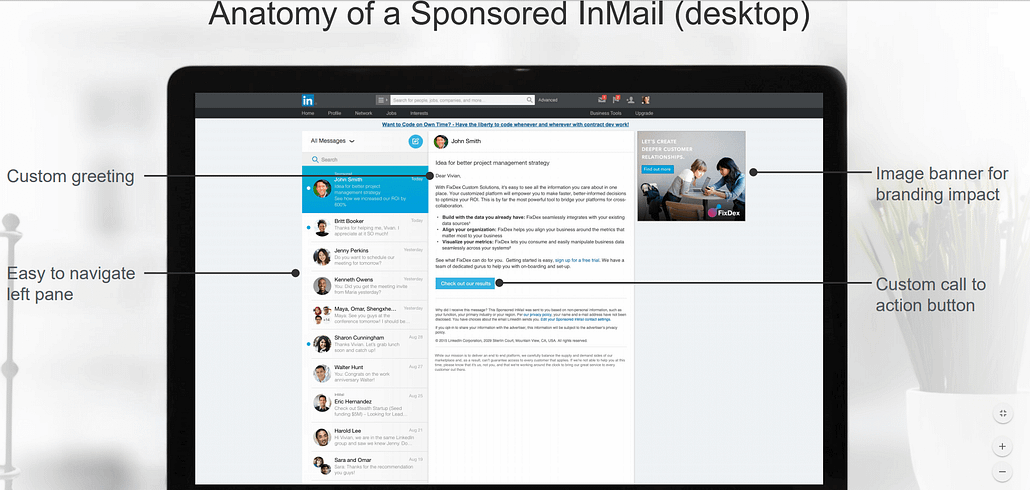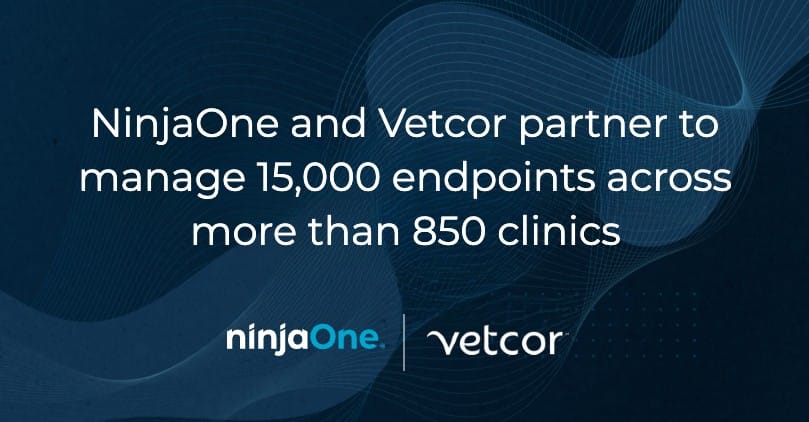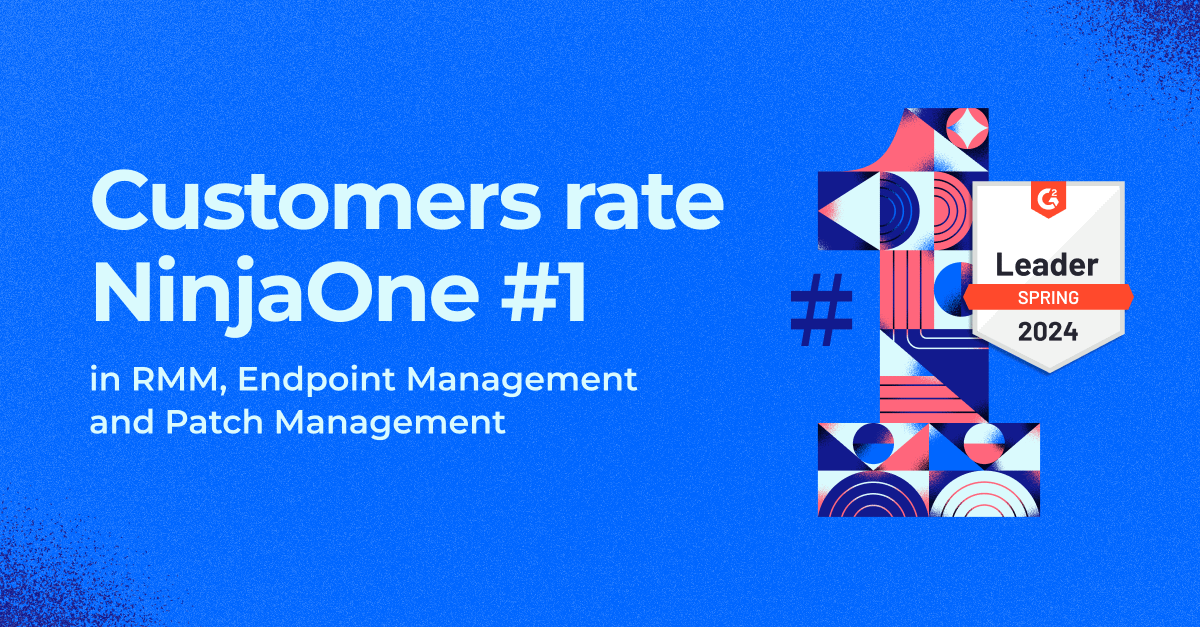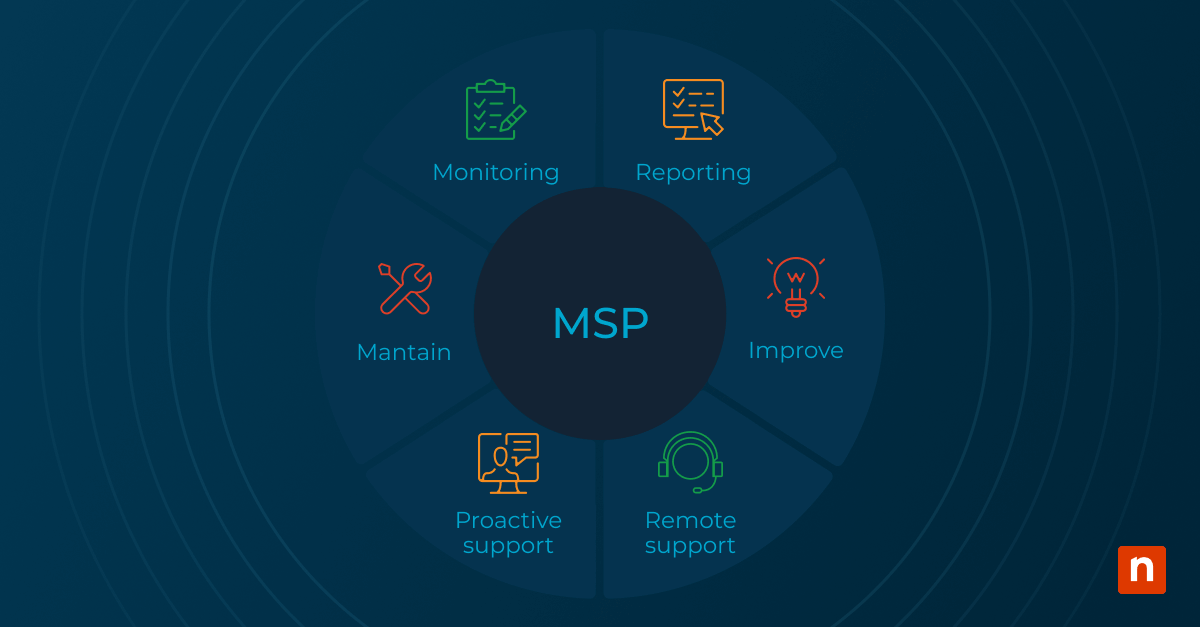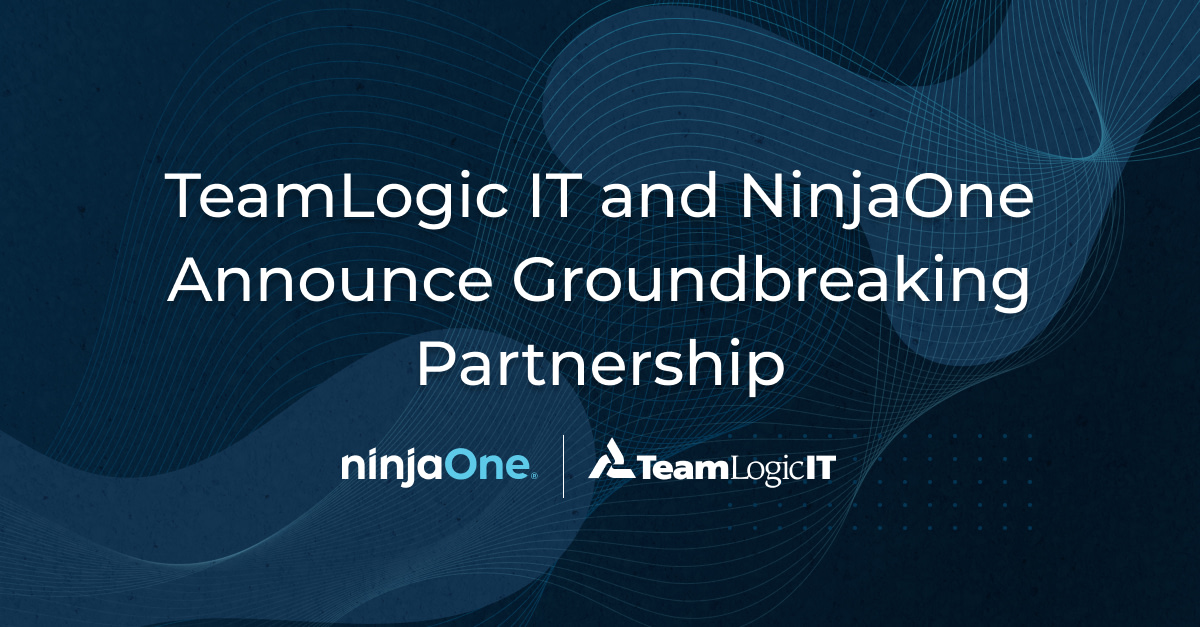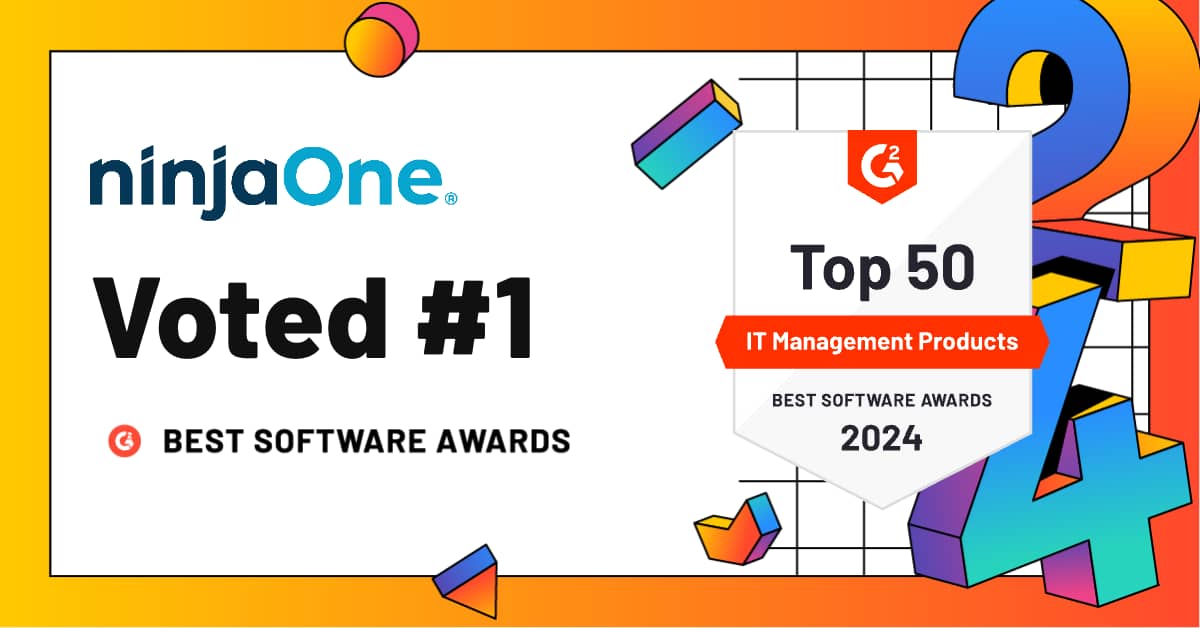Wondering if advertising your MSP on Facebook, LinkedIn, YouTube, or even Instagram is worth it? This guide will walk you through everything you need to consider, and get you ready to launch successful campaigns.
According to Social Media Examiner’s 2019 Social Media Marketing Industry Report that surveyed thousands of people from a variety of industries and countries, marketers who implemented social media in their advertising efforts saw benefits ranging from increased exposure for their businesses to traffic growth, more leads, better sales, new loyal consumers, and more.
Source: Social Media Examiner
In addition, more than 70% of marketers who had been using social media as part of their advertising for 12 or more months reported it helped them increase sales. Over 90% reported a boost in business exposure and two-thirds found themselves generating real leads from social platforms.
What does all this mean?
When done right, advertising on social media platforms may lead to major business benefits for your MSP — especially when pursued with consistency.
That’s why, in this piece, we’re going to explore exactly what social media advertising looks like, what it can cost, and how an MSP business can get started if they choose to pursue it. We absolutely understand that investing in social advertising — and any other kind of digital marketing — is a big leap of faith. We’ll do our best to provide a practical overview so if you do decide it’s right for you, you’ll know where to start and how to avoid some common pitfalls along the way.
- Paid Social vs. Paid Search Advertising
- Prerequisites for Making Paid Social Ads Worth It
- Determining Cost
- Creating Personas to Target
- Choosing a Platform
- Creating the Right Types of Ads
- Testing and Measuring Results
The Big Difference Between Paid Social and Paid Search Advertising
Social advertising is the practice of designing and deploying text, picture, and video ads to targeted audiences via various social media channels.
In our Ultimate Guide to Paid Search for MSPs, we talked about “query-based” advertising. By targeting search phrases that you want to be associated with, query-based advertising can help ensure you show up in front of prospects in the right context and at the right time. Ex: While they’re actively searching for businesses or solutions like yours.
Social advertising, on the other hand, is audience-based. What you lose in terms of the great timing and context of query-based advertising, you gain in the ability to ensure your ads are reaching very specific target audiences. They may not be actively looking to make a purchase when they see your ad, but seeing your ads helps keep your business top of mind.
This difference is what makes paid search and social advertising perfect complements to each other.
Paid search is about generating leads. So, while it’s effective, it can get pretty expensive per interaction. Social advertising is more about brand awareness and engagement, which makes it broader, but also more affordable.
Is Social Media Advertising Worth It for MSPs?
Not sure whether paid social advertising is worth your time? There are a lot of variables to consider, but in general, social ads can be a good fit for businesses that:
- want to supplement successful paid search campaigns
- are interested in drumming up awareness on a tight budget
- have very specific targets in mind whom they know can be reached via social media
- have the ability to create landing pages on their MSP website and optimize them for conversion
- have a repeatable sales process that can reliably convert leads into customers
If those qualifiers describe your MSP business, keep reading because we’re going to cover everything you need to know to get started.
But first, let’s explore how much all this is gonna cost you.
How Much Will Running Social Ads Cost My MSP?
Before we get into dollar amounts, let’s talk about the buying process for social media ads.
On most social channels, ads are sold via auction. That means you will set a maximum “bid” per day or per result (a click, an impression, etc.). Luckily, most social advertising platforms will recommend what you should bid based on your goals — which usually include one or more of the following:
- Cost per click (CPC)
- Cost per 1,000 impressions (CPM)
- Cost per conversion
- Cost per video view
It’s important to remember that there are all kinds of factors that will affect what you pay for ads beyond just what others are bidding, such as their quality, your campaign objectives, the audience you’re targeting, the location of the audience you’re targeting, and the time when your ad is displayed. But, generally speaking, social ads are (fortunately) more affordable than paid search ads.
If you’re just getting started, we recommend putting up a minimum of $10 per day, per platform (keep reading to learn which platforms we recommend) and running your ad for at least two weeks. That will allow you to get an initial feel for whether your audience is present and your ads are engaging.
How to Get Started Advertising Your MSP on Social Media
From creating a persona for your ideal customer to choosing your channel to creating social ads and measuring your results — this guide will walk you through everything you need to know to start advertising your MSP on social media.
Step 1: Create Your Customer Persona(s)
All the advertising spend in the world won’t make your social ads more effective if they simply aren’t connecting with the kinds of customers your MSP business needs to succeed.
But as luck would have it, one of the best building blocks for an effective social advertising campaign is actually a free strategy — creating a customer persona.
A customer/buyer persona is a fictional (but fact-based) profile that represents traits that the majority of your audience shares. Don’t have an audience yet? This when you create an outline for the one you hope to build. Have an audience but looking to grow or shift it as you expand into a new region/industry or move your business model upmarket to larger customers? This is your chance to pin-point new traits on which you may want to focus in order to make that shift.
Customer personas are extremely important as they give MSPs a “picture” of the specific individual they’re selling their services to. What are that person’s motivations? What are their questions, desires, and preferences? This insight can guide everything from product and service development to pricing decisions to, of course, advertising campaign creation.
A strong customer persona will include:
- Name
- Job title
- Key details about the role
- Company info
- Size, industry, etc.
- Demographics
- Age, gender, salary, location, education, interests
- Goals, challenges
- Primary and secondary goals, how you help achieve them
- Primary and secondary challenges, how you help solve them
- Values, fears
- Values
- Objections during the sales process
The best way to gather the information you need to build this persona is to take a look at your current best customers or, if you’re trying to reach a new type of customer, start reaching out to conduct some purely educational discovery calls.
Identify a list of ideal prospects and get in touch. It’s that easy. Just be candid and explain that you’re not trying to sell them, you’re just starting to offer services to companies like theirs and are trying to understand how they went about finding and choosing their current provider. You may be surprised how helpful some people are willing to be once they’re assured it’s not a sales call. Some may even end up becoming self-opted-in leads without you prompting it.
Another approach is to reach out to other MSPs you know that are targeting the types of customers you’d like to land. As long as they’re not in the same geography as you and aren’t potential competitors, they may be more than willing to share basic demographic info and maybe even additional insights about what’s worked for them. You won’t know unless you ask.
A final supplemental option is to set up social media listening and start identifying key characteristics of users who mention problems your MSP can solve on Facebook, LinkedIn, Twitter, and so on.
Creating informed customer personas will help you choose the most effective social advertising platform(s) for your MSP. In fact, let’s dive into that next!
Don’t Stop With Just One — Level-Up by Creating Multiple Customer Personas
Unless the companies you’re targeting are small mom-and-pop shops, chances are there are going to be multiple people you need to engage with during your sales cycle.
As with most B2B sales, in addition to the person/people who have direct interaction with your services, you’ll likely need to address the economic buyer (typically an exec or the board) as well. Then there are potentially additional gatekeepers you’ll need to win over in order to reach those people, too.
In order to communicate with all these roles effectively, you should ideally create separate personas for each. How many personas is the right amount? It will vary based on your target prospects, of course, but in general the social media gurus at Buffer say that three to five customer personas are the sweet spot.
Ready to take action on more powerful personas? We highly recommend you check out this Complete, Actionable Guide to Marketing Personas.
Step 2: Choose the Best Platform(s) for Your Audience
Now that you’ve defined your target audience, if you haven’t done so already it’s time to create business profiles for your MSP on the social channels where you have to best chance to reach them.
Each platform comes with its own draws, benefits, and downsides. Here are a few key questions to ask to narrow down your options:
- Do my organic efforts already perform well on a specific channel or channels? This could indicate that paid efforts may also do well.
- Are my competitors using certain platforms effectively?
- Do my offerings make sense on the platform? For example, will you be able to make enticing video ads to advertise your products or services on YouTube?
- Does a certain channel’s demographics line up with the audience you want to sell to?
Spoiler Alert: Facebook (Still) Leads the Pack
When in doubt, start with Facebook.
Nearly 70% of adult social media users are on Facebook. It pulls in almost 2.5 billion active users every single month. And according to Social Media Examiner’s 2019 Social Media Marketing Industry Report, 72% of marketers use Facebook ads and 59% plan to increase Facebook advertising in 2020.
Quite frankly, Facebook shouldn’t be ignored by any business interested in social advertising.
With users who fall into nearly every age bracket (13 to 65+), income bracket, education level, and geography; you’re bound to reach individuals in your target audience.
Facebook offers a variety of ad types (which we’ll dig into in the next step) that allow you to get creative with your objectives; whether you’re building brand awareness, engaging via Facebook Messenger bots, sending traffic to your website or lead capture pages, or going for the gold with on-the-spot conversions.
Another reason to try Facebook ads first — as one of the oldest social media advertising platforms, it provides beaucoup opportunities to target your ideal customer so you only pay for the leads you want.
Source: SproutSocial
LinkedIn Remains Popular Among B2B Marketers
With over 30 million companies and 630 million users — 90 million of whom are senior-level influencers and 63 million actual decision-makers — it’s no surprise that LinkedIn can be a very effective platform for social media advertising.
And considering that the majority of users are between the ages of 30 and 49, live in urban and suburban areas, have at least completed college, and make more than $75K per year; it’s also no surprise that 65% of B2B companies have used LinkedIn advertising at some point and 80% of B2B marketers used LinkedIn in 2019 alone.
Similar to Facebook, LinkedIn ads are good for reaching potential customers in various stages of the marketing funnel from brand awareness to converting into a lead. In addition, thanks to its business orientation, LinkedIn also allows advertisers to carefully target their ads based on professional qualifications including job title, seniority, etc.
Source: SproutSocial
YouTube on the Rise
According to Pew Research, YouTube is the most popular social media platform in the U.S. And at the time of this writing, it’s number two on the list of the top 500 websites across the globe.
With 2 billion monthly users, 73% of American adults are using YouTube — that’s more than both Facebook and Instagram. While viewers under the age of 25 dominate the platform, users of all ages flock to the platform and are more likely to have a college degree than the general population.
Source: Statista
In the U.S. alone, YouTube is projected to make about $5.5 billion in advertising revenue in 2020. It’s no wonder that interest in YouTube is high among marketers!
While 54% of marketers currently use YouTube, 71% say they plan on increasing their use in 2020. Forty percent plan to renew their focus on YouTube advertising, specifically.
Already, 57% of marketers call YouTube their number-one video channel, followed by Facebook native videos. A whopping 75% report wanting to learn more about using YouTube for marketing their businesses in 2020.
Once an MSP is able to overcome the learning curve that comes with creating videos that effectively convey the value of an MSP, YouTube can extend the reach of their brand, drive traffic, and generate leads just as well as the platforms we’ve previously discussed. One important note is that since Google owns YouTube, you will need to have Google AdWords set up (which you already should if you’ve read this post!) in order to run ads on YouTube.
Don’t Count Out Instagram
Bet you thought we were gonna suggest Twitter next, didn’t you?
You wouldn’t be wrong for making that assumption. After all, Twitter does have a slight lead over Instagram in B2B marketing. While 66% of B2B marketers used Instagram in 2019, 67% used Twitter.
It’s not that Twitter is a bad route for social advertising, it’s that the data overwhelmingly shows that in the very near future, Instagram is going to become more popular among marketers. And, it’s already far more popular among the general public.
All we ask is that you hear us out as to why we think it just may be worth skipping over Twitter in favor of advertising on Instagram.
Reason 1: Interest in Instagram among marketers is outgrowing Twitter.
In 2019, Facebook and Instagram were the two most popular platforms for marketers with 94% using Facebook and 73% using Instagram. When it comes to advertising specifically, Facebook is still the most common among marketers at 72%, followed by Instagram at 38%. After that, LinkedIn comes in at 14%, YouTube at 12%, and Twitter at 9%. In addition, Instagram jumped from the third slot to tie in second with LinkedIn as “the single most important social platform for their business.” And, for the first time, Instagram surpassed Facebook to become the platform marketers most wanted to learn about.
And, reason 2: The number and type of users for Instagram are just better than Twitter’s.
About 35% of all U.S. adults are on Instagram and 24% on Twitter. And while Twitter has about 330 million global monthly active users, Instagram clocks in at a billion.
In addition, Instagram users skew more urban and suburban and their income and education tend to be higher. And, while it’s true that the majority of the user base is younger, over 60% are between 18 and 29 while 40% are 30 to 49 compared to Twitter’s 18 to 29 group making up 40% of their users and users between 30 and 49 make up 27%.
Owned by Facebook, Instagram’s in-line ads help advertisers reach scrollers in similar stages of the marketing lifecycle: Awareness, consideration, and conversion. Twitter allows advertisers to promote Tweets with the hope to gain website clicks, app installs, and followers; generate awareness; and start conversations.
All stats aside, we’ll be totally honest in saying we haven’t come across very many MSPs who are highly active on Instagram. But that means is the timing is potentially perfect to become an early adopter before the platform gets saturated with competitors.
Source: SproutSocial
At the end of the day, the most important thing when it comes to choosing a social advertising platform is whether or not your audience is present and engaged. Understanding which channels are popular among marketers as well as your target demographics is half the battle when it comes to creating successful social advertising campaigns.
Level-Up Your Social Advertising Campaigns with Fresh New Channels
In social media advertising, nothing compares to just getting out there and experimenting.
The best way to level-up in regard to your advertising platforms is to simply be present — and also still effective! — on more of them.
Once you feel comfortable that things are going well on your first platform, or confident that you could be doing better elsewhere, start experimenting in new channels.
It’s important to remember that all platforms won’t work for all audiences. And all platforms won’t work for all businesses. What works for your competitor might simple not click for you. That’s why it’s so important to put various platforms to the test to see what works best for you.
Step 3: It’s Finally Time to Create Your Social Ads!
If you followed along with our MSP guide to paid search, you’ll know that ads and platforms are relatively similar and simple across search engines like Google, Bing, etc.
However, that is not the case with social media.
There are probably hundreds of variations of graphics, text, and videos that can go into ads across all the various social media channels. While this number of options can certainly make designing social ads a bit time consuming, it also gives you ample opportunities to get super creative and connect with your audience in a truly engaging way.
Before we go any further with helping you actually create and implement your social ads, let’s harken back to a piece of advice we’ve touched on in this article and plenty of our previous MSP articles — the best approach is the one that works best for you. And, it’s very likely going to take you a couple of tries to nail down that approach.
Ok, now that that’s out of the way, in this section we’re going to describe the Facebook, LinkedIn, Instagram, and YouTube ads that we think are the best fit for MSP businesses.
To dig even deeper into how to use these and more social media ads to achieve results for your MSP, we recommend giving Social Media Advertising 101: How to Get the Most Out of Your Ad Budget from Hootsuite a read.
Top 3 Facebook Ad Formats for MSPs
1) Photo Ads
Photo ads can be created using Facebook Business Manager (Not sure how to do that? Check here.). or you can simply promote a photo post from your Facebook Business Page (here’s how to do that). They should include a photo — perhaps of a happy (or unhappy) IT manager? — and can also contain up to 125 characters of text, a headline, a link description, and a call-to-action button.
Like this example? Grab the image here, then feel free to customize and use it!
2) Slideshow Ads
Slideshows are awesome because they create videos from either your own static images or stock ones. They offer all the eye-catching movement of a video without you having to actually create a video.
3) Lead Generation Ads
These mobile-specific ads include pre-populated forms that people can use to quickly sign up for your newsletter, request a free trial, get in touch for a quote, and more.
To maximize completion rates, minimize the amount of information you ask for on these forms.
Our Favorite LinkedIn Ad for an MSP
Sponsored InMail
OK, this one is awesome. Sponsored InMail enables advertisers to deliver custom messages directly to a user’s LinkedIn inboxes — but only when they’re active on LinkedIn. Senders don’t have to be connected to the receiver and can attach a custom banner and CTA to encourage engagement.
Source: emfluence
The Best YouTube Ad Format for MSPs
TrueView Ads
TrueView video ads can be displayed before, during, or after YouTube content. Users can skip these ads after they play for five seconds, so be sure to feature your most important messaging at the top of the video. While 76% of viewers skip ads, they still increase the chance that viewers will visit or subscribe to your channel by 10 times — which we think makes them worth the effort.
MSP Ads for Instagram
Photo and Video Ads
On Instagram, your photo or video ad will show up as users scroll through their feed and will look just like a regular post except for the little “Sponsored” tag. And, depending on the objective you choose for your campaign, you may also be able to add some kind of CTA.
We recommend testing both video and photo ads that feature the same content. America’s Test Kitchen, for example, found that their video ads gained 45% more leads than photo-based ones.
Level-Up Your Social Media Ads by Introducing More Variety
With social ads, it’s important to update either your designs or the audience to which you’re displaying them somewhat frequently. This helps increase engagement and prevent your target audience from becoming annoyed or fatigued with your brand.
If you don’t already have creative help, now is the time to hire either a freelancer or (if you’re feeling bullish and really seeing initial success) a new team member to help keep your social ads creative, powerful, and fresh.
Step 4: Measure, Measure, Measure!
Now for one of the most important steps in pretty much any guide — measuring your results!
Just like it’s important to set goals for a social ad campaign, it’s important to measure the outcome so you can determine whether or not it hit those goals. Measuring your advertising results also allows you to see your ROI, more accurately budget for future ads, and monitor how timing and other tweaks impact your campaigns.
There are plenty of tools out there to help you measure, track, and analyze your social media advertising results. AdEspresso is great for Facebook and Instagram ads; HootSuite Impact helps organizations monitor revenue and results on all the major channels; and of course there’s always good ol’ Google Analytics for monitoring social campaigns, analyzing traffic from social media, and measuring ROI.
Most social advertising platforms also have their own built-in analytics that allow you to view and track advertising results. And, lucky for you, Hootsuite has prepared a guide for each of the ones we’ve discussed here today! Check ‘em out:
- A Beginner’s Guide to Facebook Analytics
- LinkedIn Analytics: The Complete Guide for Marketers
- YouTube Analytics: A Simple Guide to Tracking the Right Metrics
- The 6 Best Instagram Analytics Tools (And Metrics You Need to Track)
Level-Up Your Measurements with Regular Reporting and Testing
With measurement, it’s all about the followthrough.
A/B testing is the practice of comparing two slightly different versions of something to determine which one performs better. When it comes to your social advertising campaigns, there are tons of elements you could contrast — headlines, images, videos, audiences, times, bid amounts, and more. Remember to only ever make one tweak at a time but do keep continually testing to optimize your social ad campaigns.
We also recommend creating a social media report on a regular basis so that you can more easily track and review your progress at a glance. Check out this resource for a free report template as well as instructions on how to create your own.
Ready to Make a Strategic Move That Matters?
We get it, it’s not just scary to jump into a whole new marketing method like social advertising — it’s quite time consuming, as well!
If week after week you keep finding that you’re just way too busy performing day-to-day MSP tasks instead of making marketing moves that matter, let us help. Make your life easier and make your marketing stronger with NinjaOne, the #1-rated RMM on G2 Crowd.
In fact, you can try us for free right now!

